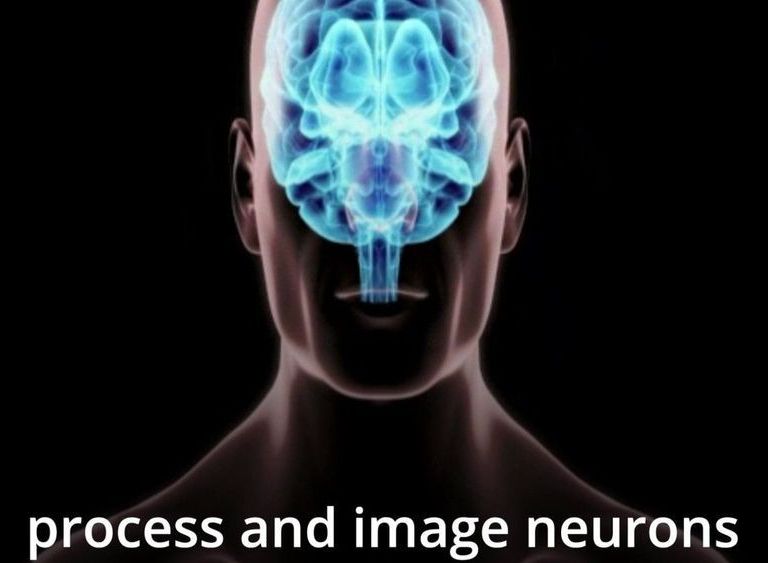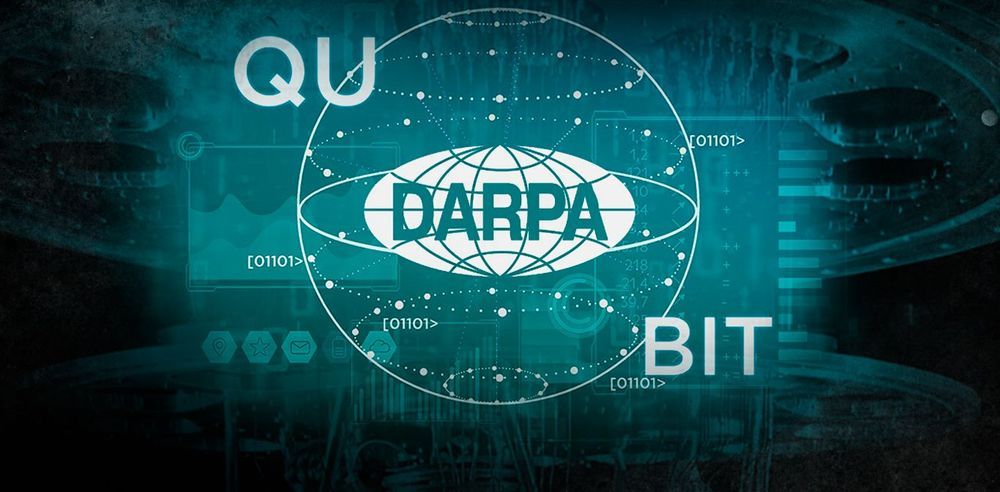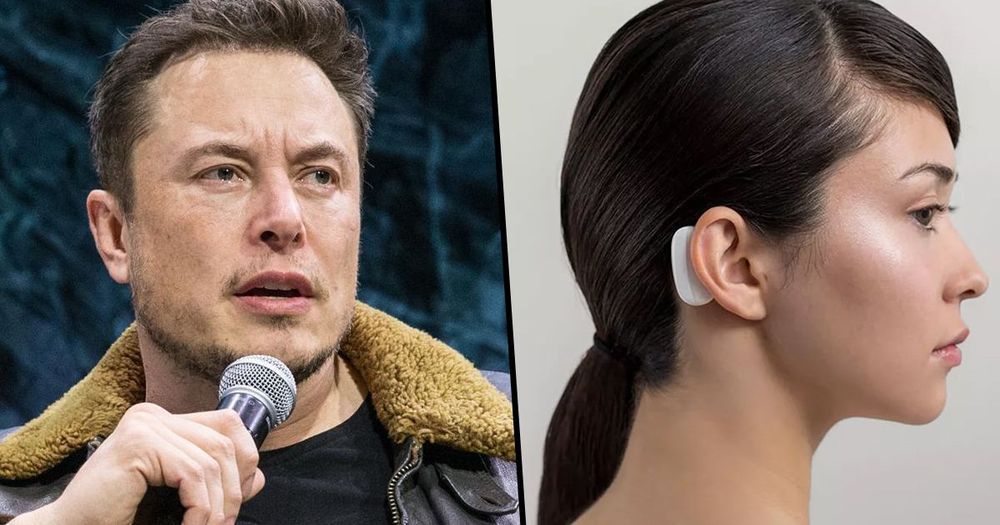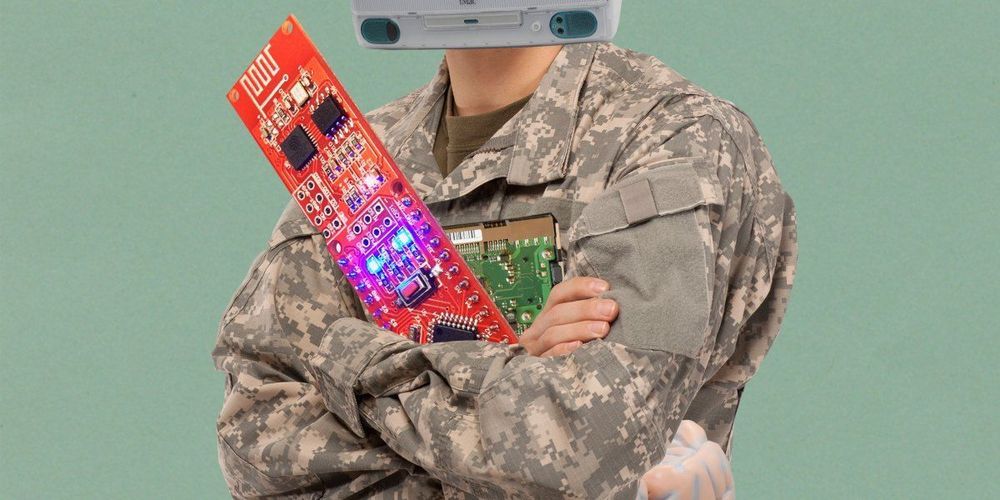Aug 31, 2020
Elon Musk unveils ‘Fitbit in your skull’ brain chip, demonstrates on pig
Posted by Genevieve Klien in categories: biotech/medical, computing, Elon Musk, food, neuroscience
It was at this webcast that Musk unveiled the latest version of his company NeuraLink’s latest prototype, the Link VO.9 — a chip that would allow humans to control devices with their brains.
Musk said this could eventually help cure people with conditions like memory loss, hearing loss, paralysis, blindness, brain damage, depression and anxiety.
Viewers of the webcast met Gertrude, a pig that had the chip implanted in her brain two months ago. A graph shown onscreen showed the waves inside Gertrude’s brain, which fired when her brain communicated with her snout while she was eating.


















